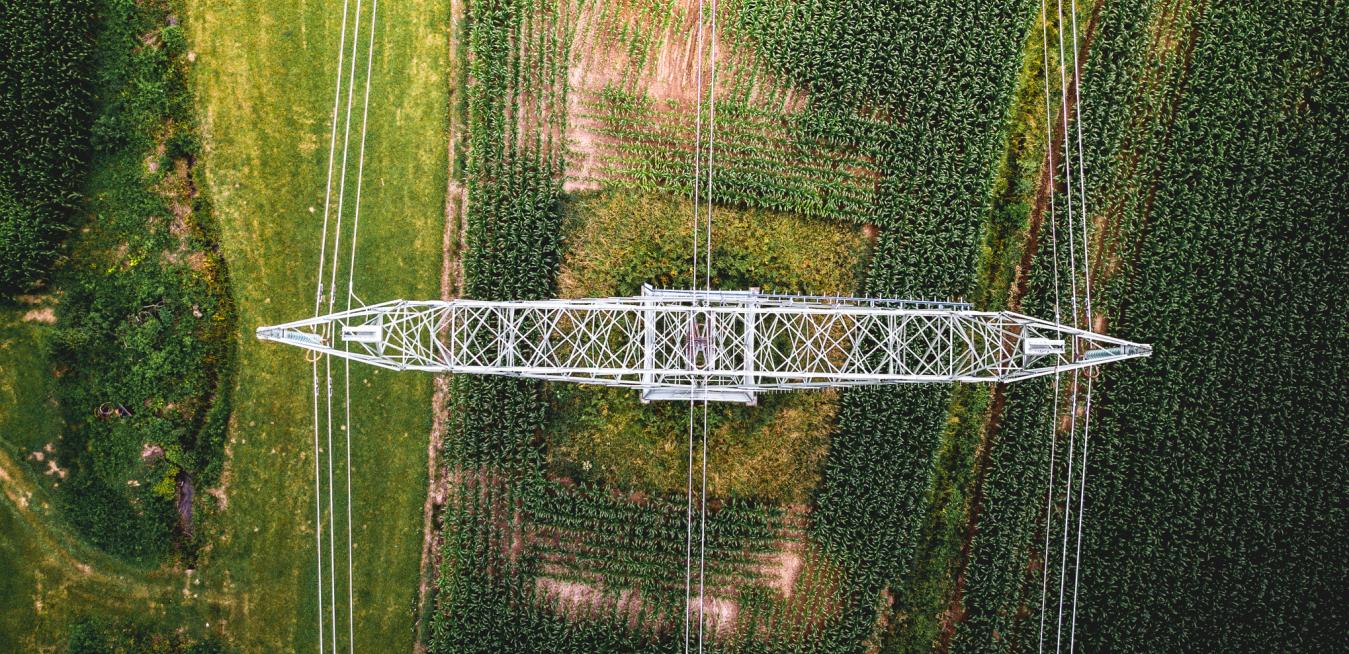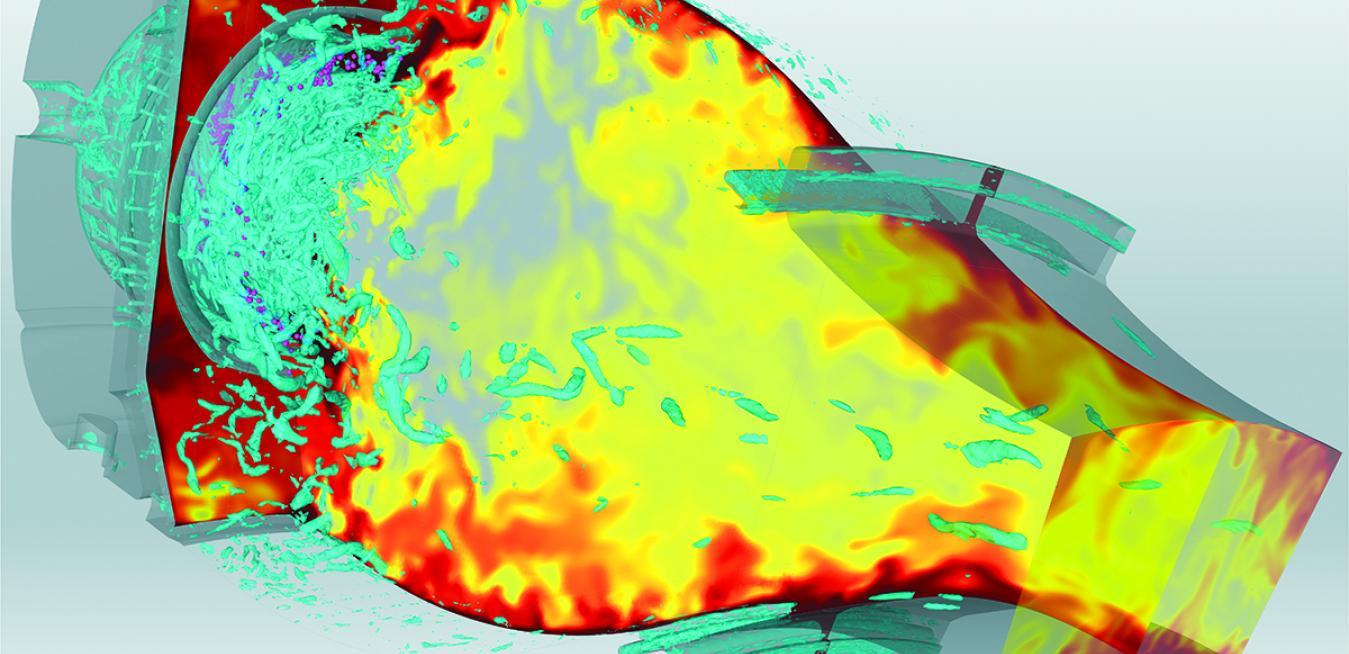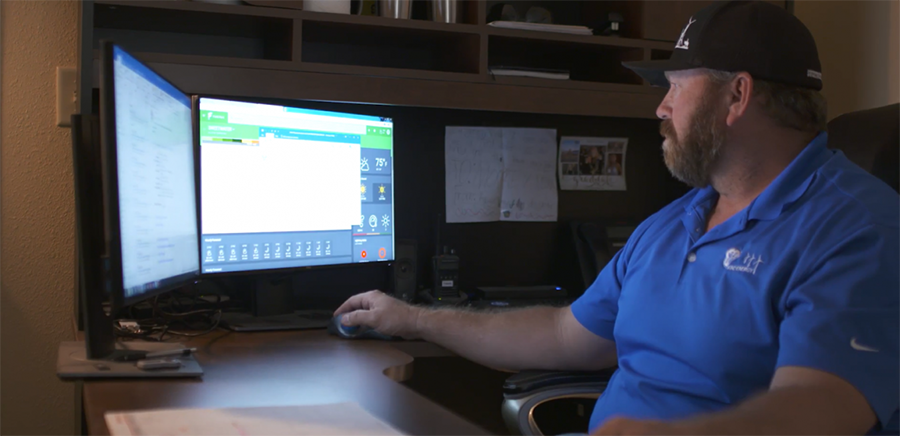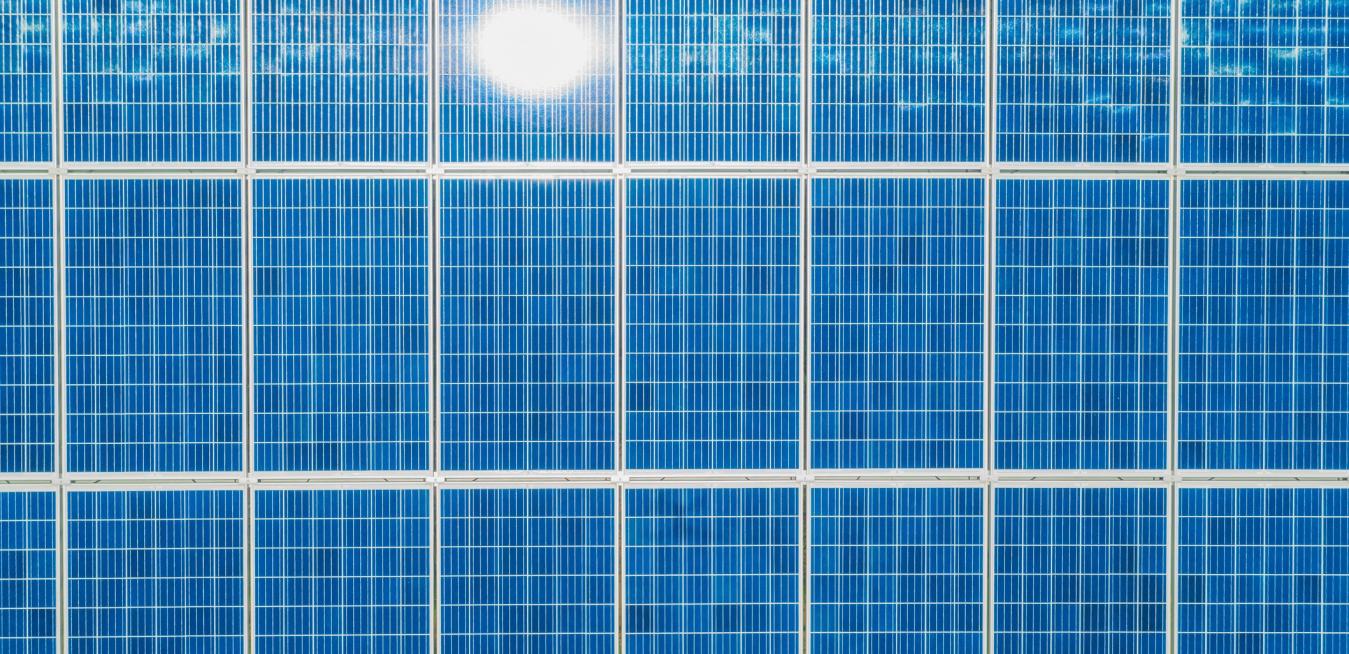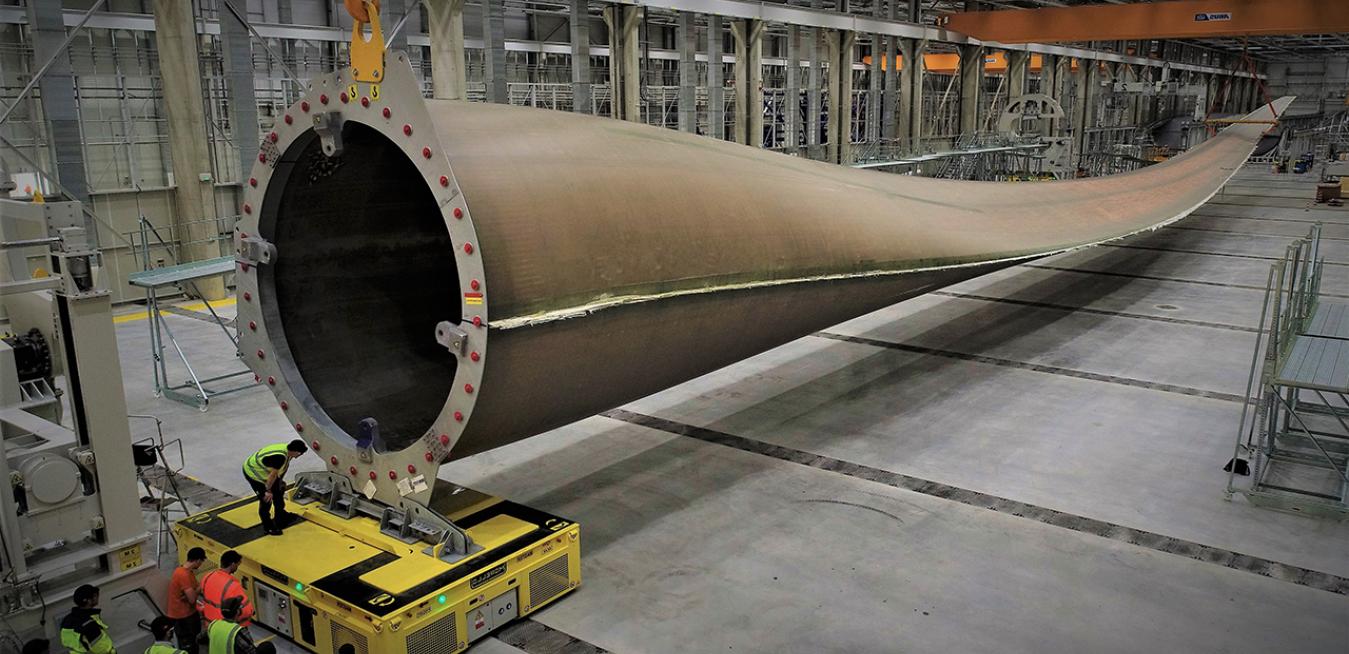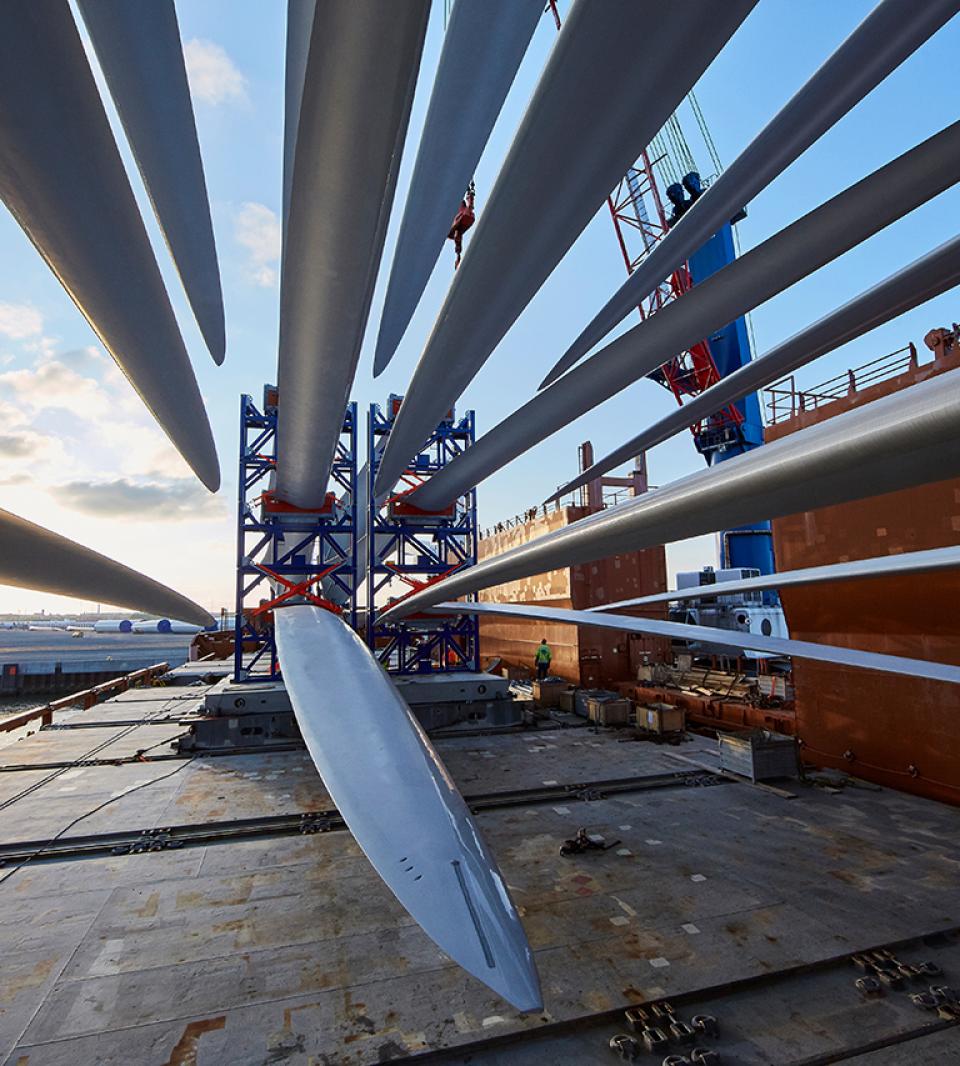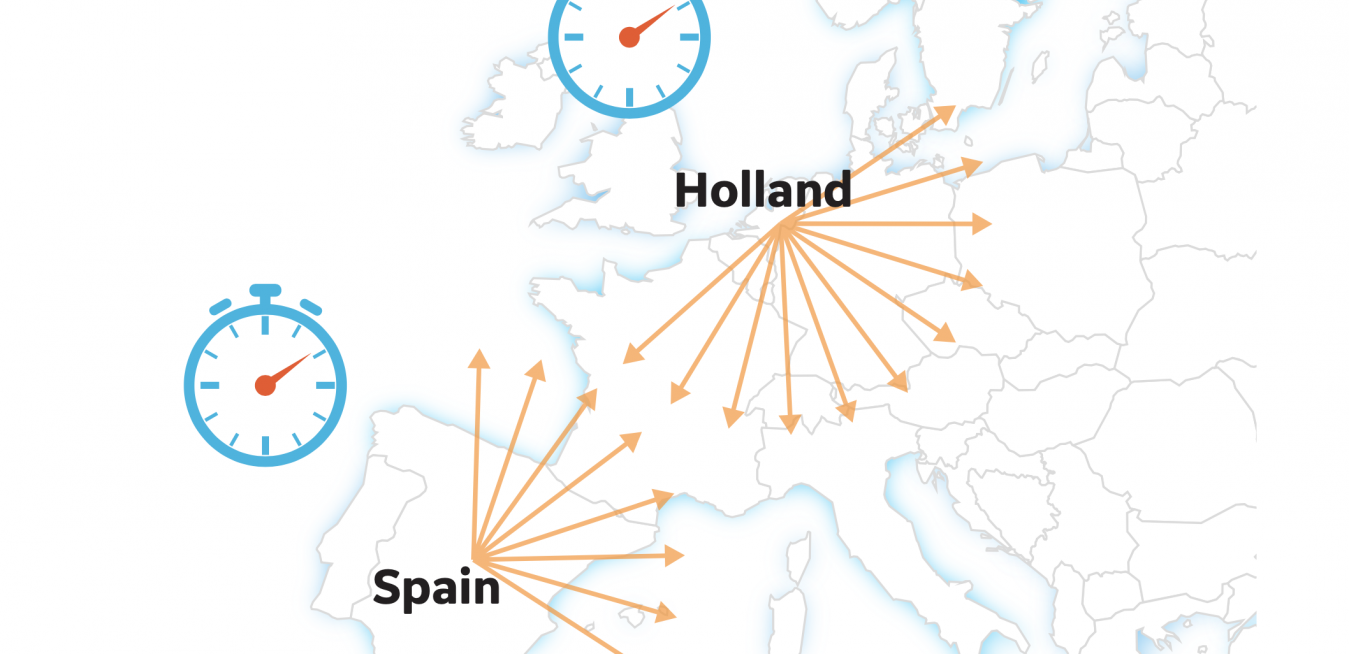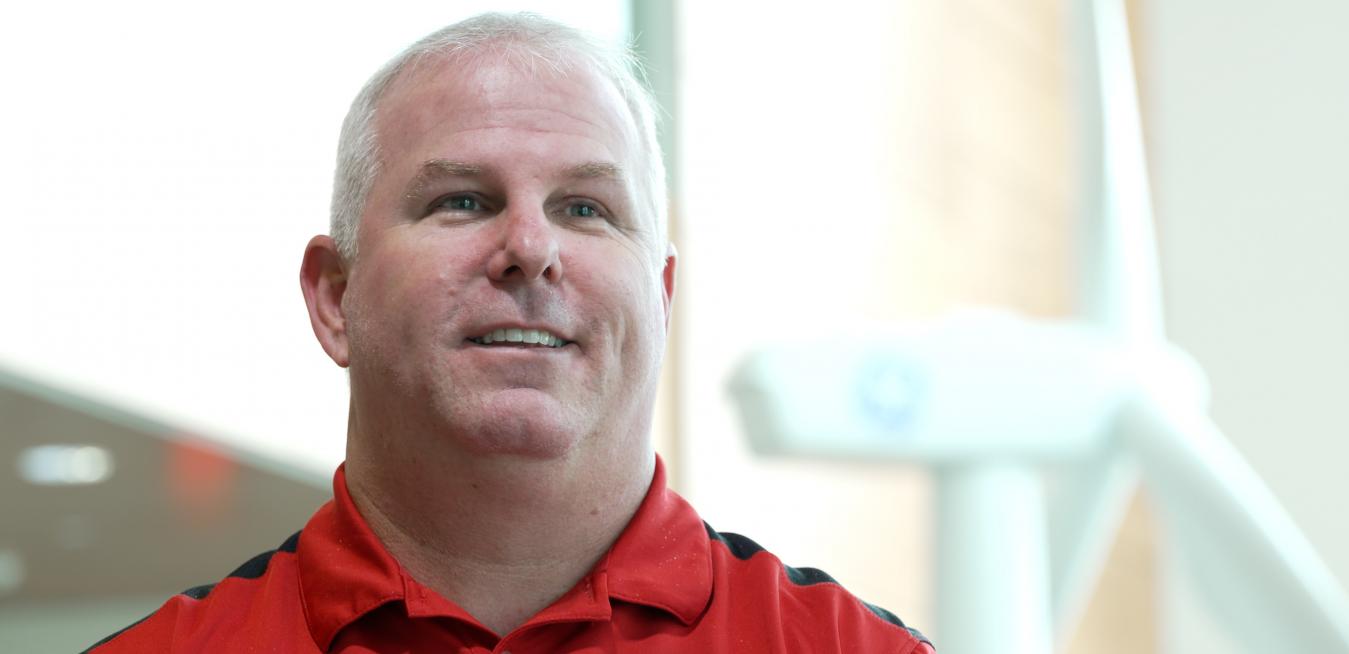High-voltage electrical substations — those ubiquitous installations that adjust voltage up or down so that electrical power can travel over long distances and be used in homes and businesses — have for a half-century relied on a highly effective insulator and arc extinguisher that helps keep the size of their substations manageable. Trouble is that the insulator, a gas called sulfur hexafluoride (SF6), is also among the world’s most potent greenhouse gases, and it can linger in the atmosphere for millennia. So, what are electrical utilities to do?
In the five decades since the first Earth Day, the world has made much progress in understanding the perils posed by climate change and finding the solutions we need. But we are far from done. The switch to electric cars alone will force us to reimagine not only how we make electricity, but also how we distribute it.
Renewables are clearly a big part of the future of energy, but so are natural gas, energy storage, hydropower and the digital grid. Other industries, like aviation, must also decarbonize to help prevent the planet from warming.
If you regularly drive long distances, it’s good practice to pop your car’s hood every few months for a thorough inspection of the engine, transmission, radiator, pumps and brakes. But if you’re only clocking up to a few dozen miles per month from the weekly supermarket run, you may be able to take a raincheck on that quarterly checkup.
Renewable energy has been growing at breakneck speed. By 2040, according to the International Energy Agency, wind and solar are expected to add 74% of net new generation capacity around the world.
A new GE plant in northeast England will make the world’s longest wind turbine blades to date. Measuring 107 meters from tip to root, the blades are a key component of GE’s Haliade-X, the most powerful offshore wind turbine in operation.
In 1911, Dutch physicist Heike Kamerlingh Onnes made a very cool discovery. Electrons usually lose energy as they careen through an electrical conductor, but he noticed something funny happen in a mercury wire at temperatures approaching absolute zero — minus 459 degrees Fahrenheit: The electrons met no resistance and the current flowed unimpeded, with no energy losses.
GE has been 3D printing parts for jet engines and gas turbines. In the recent years, the technology also entered another field: wind power. GE Renewable Energy, together with leading research centers, national labs and key industrial partners, has been testing such new manufacturing technologies and materials on large components like wind turbine towers 3D-printed from concrete — and more recently, blades.
It should come as no surprise that wind has one of the energy industry’s lowest carbon footprints. But that doesn’t mean it can’t be even smaller — and one promising avenue involves recycling wind turbine blades. “There are huge sustainability advances in terms of energy, materials and consumption at every stage,” says Hanif Mashal, vice president of engineering and technology at LM Wind Power. In fact, the Danish company, a subsidiary of GE Renewable Energy, is seeking to find ways to make blades that could be 100% recyclable one day.
GE has placed lean management at the heart of its strategy for success.
For Don Quixote, the hapless hero of Miguel de Cervantes’ 17th-century novels, the windmills that dotted the dun-colored plains in the central Spanish region of Castille-La Mancha were illusory giants in need of slaying. So what would Quixote think now of the enormous warehouse that Bob Karl and his colleagues at GE Renewable Energy operate in the small town here called Noblejas?
